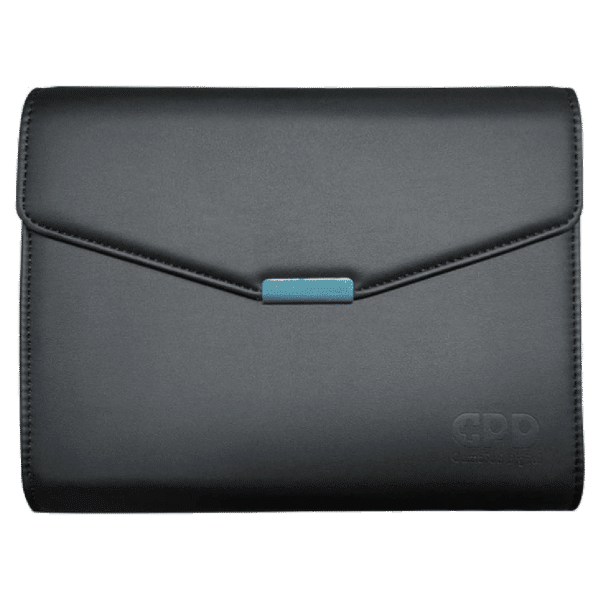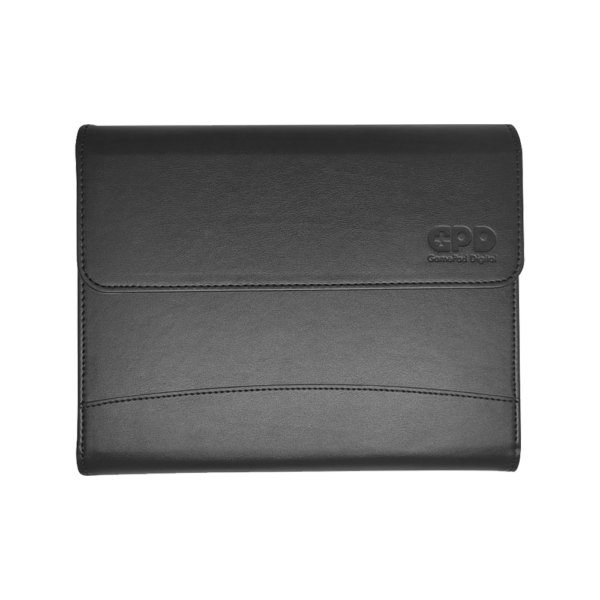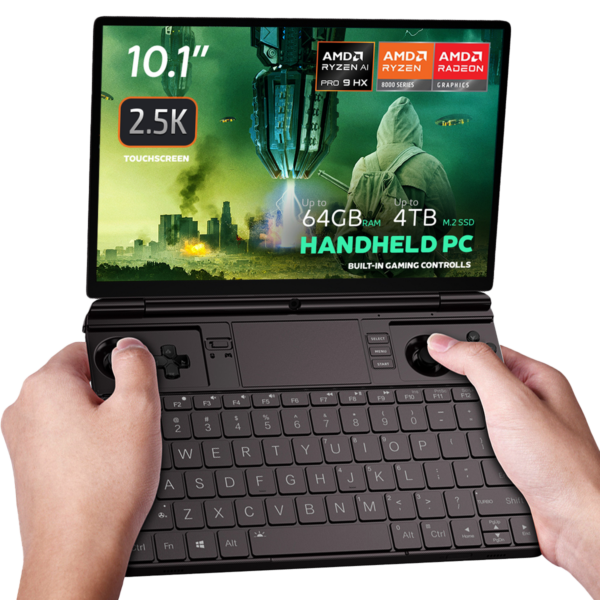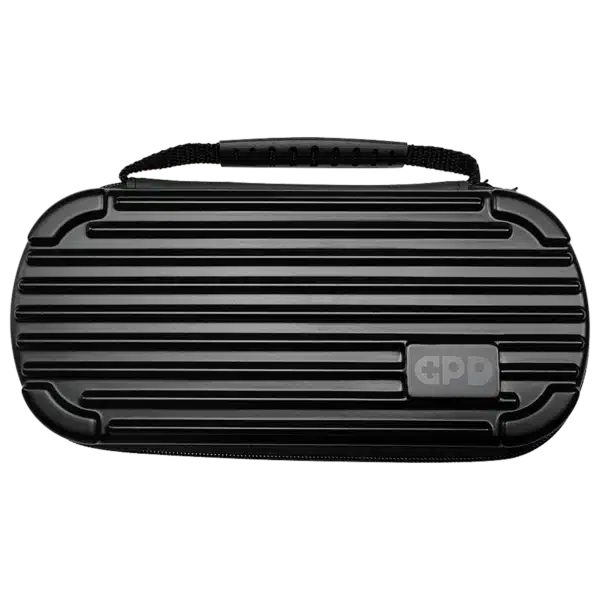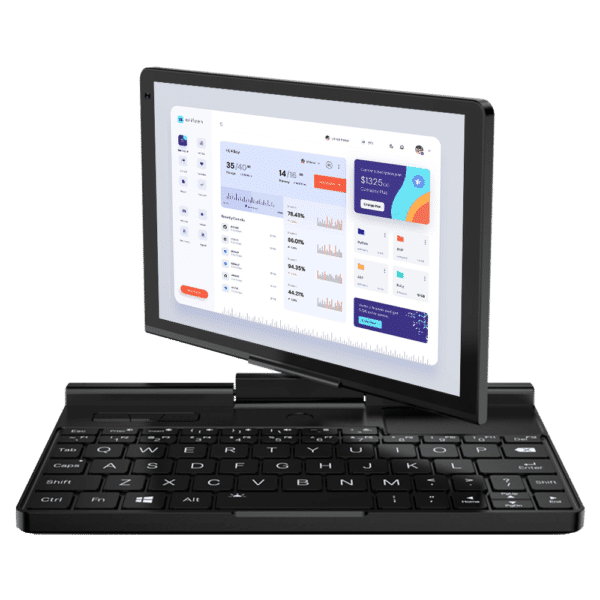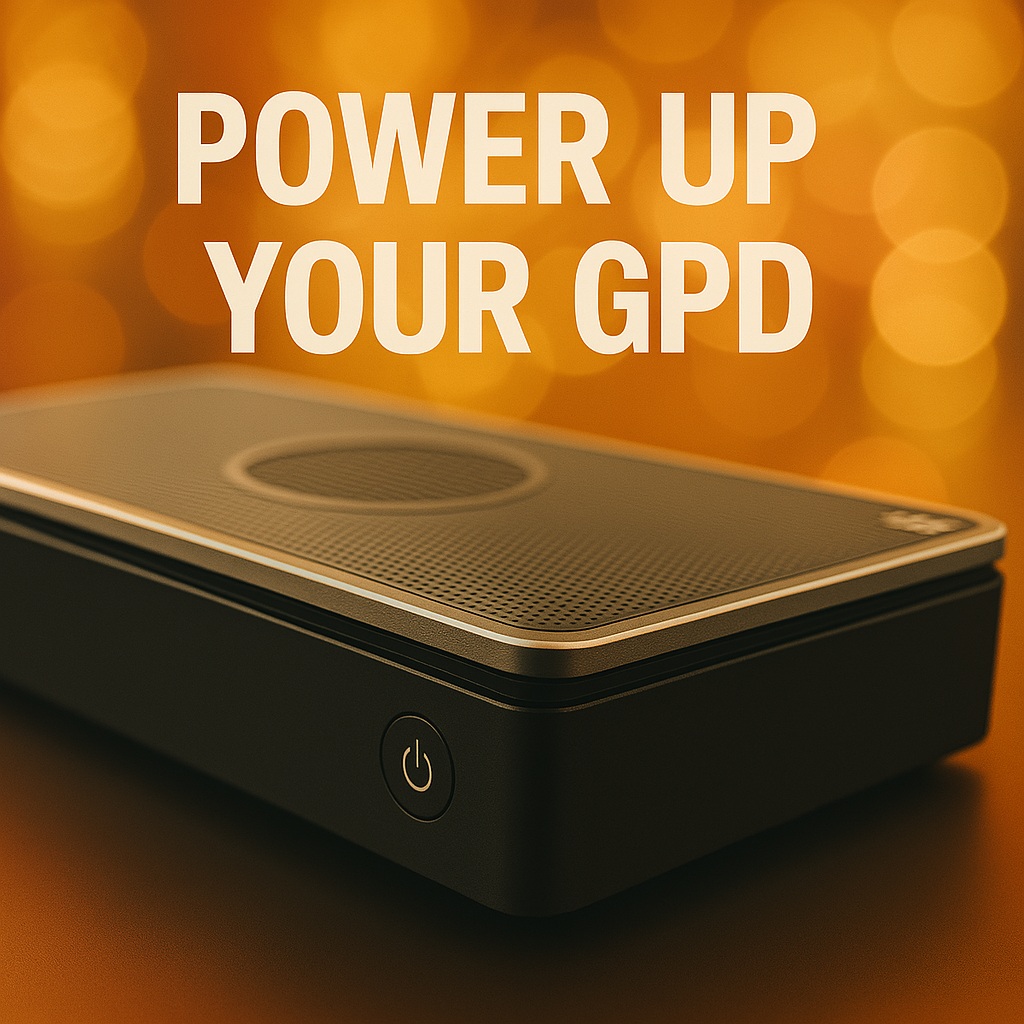
Power Up Your GPD: Exploring the GPD G1 eGPU docking station
Ready to take your handheld gaming PC experience to the next level? Today, we’re diving deep into how the GPD G1 eGPU docking station can revolutionize the way you game at home. If you’ve been searching for that extra graphical punch for your portable setup, you’re in for a treat!
One of the most exciting developments for handheld gaming PCs is the advent of powerful accessories like the GPD G1 eGPU docking station. This innovative device acts as an external graphics card that you can connect to your compatible handheld, instantly unlocking a significant boost in gaming performance and graphical fidelity. Forget about compromising on visual settings; with the right accessories, you can have it all!
Unleash the Graphics Beast: Understanding the GPD G1 Advantage
The core of the GPD G1 eGPU docking station is its powerful external graphics card, featuring an AMD Radeon RX 7600M XT eGPU. This dedicated GPU takes the load off your handheld gaming PC’s integrated graphics, allowing for smoother gameplay, higher frame rates, and the ability to enjoy demanding titles at their intended visual quality.
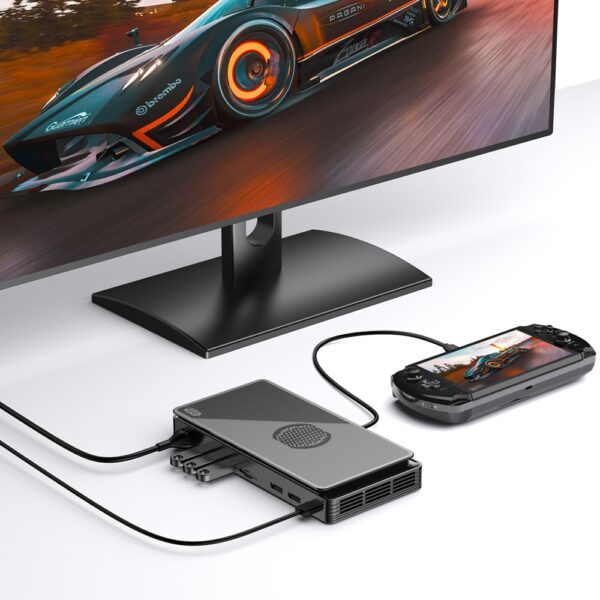
For enthusiasts of eGPU for handheld gaming PCs, the GPD G1 represents a compelling solution to the age-old challenge of balancing portability with raw gaming power. Think about finally being able to run those graphically intensive RPGs or action-packed shooters on your GPD WIN 4 2025 with the settings turned up – the GPD G1 eGPU docking station makes it a reality for devices equipped with OCuLink or USB4.
More Than Just Power: The GPD G1 as Your Portable Power Hub
The GPD G1 eGPU docking station isn’t just about raw power; it’s also about transforming your portable into a full-fledged desktop workstation. Beyond boosting your graphics, the GPD G1 acts as a comprehensive hub for all your peripherals. Imagine plugging your GPD WIN MAX 2 2025 into the G1 and instantly gaining access to a multitude of ports.
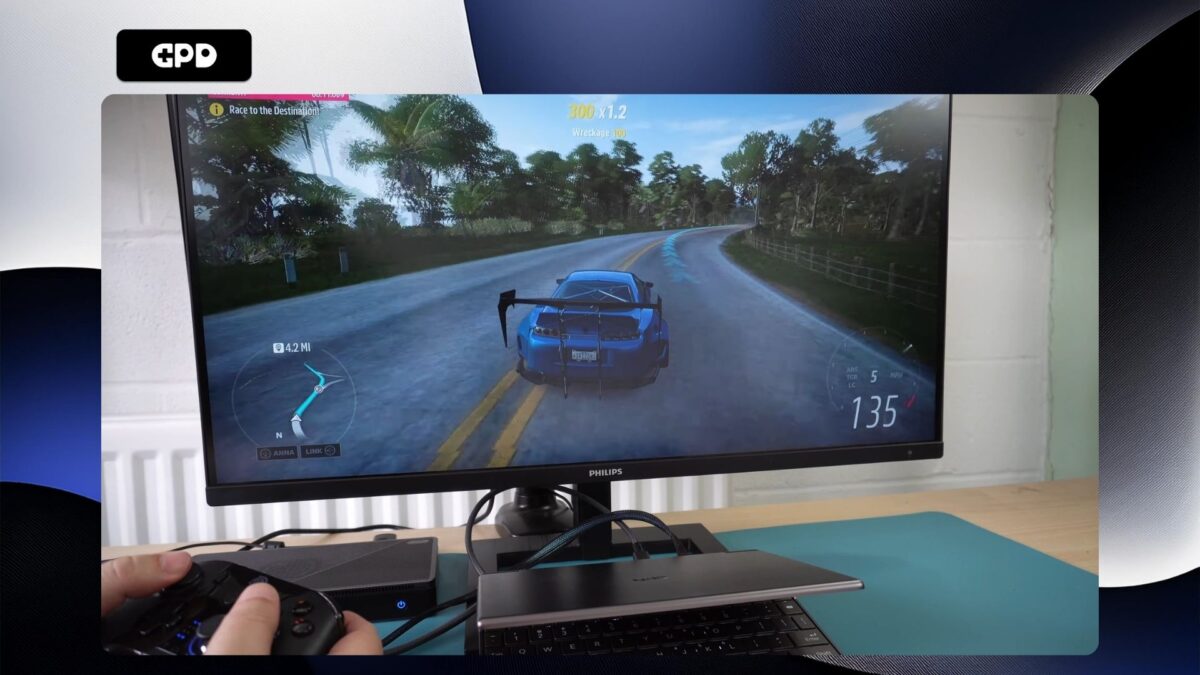
You can connect up to three external monitors simultaneously, thanks to the inclusion of 1x HDMI 2.1 and 2x DisplayPort 1.4a ports. This expansive multi-monitor setup significantly enhances productivity for tasks like multitasking, content creation, and even immersive gaming on a larger scale.
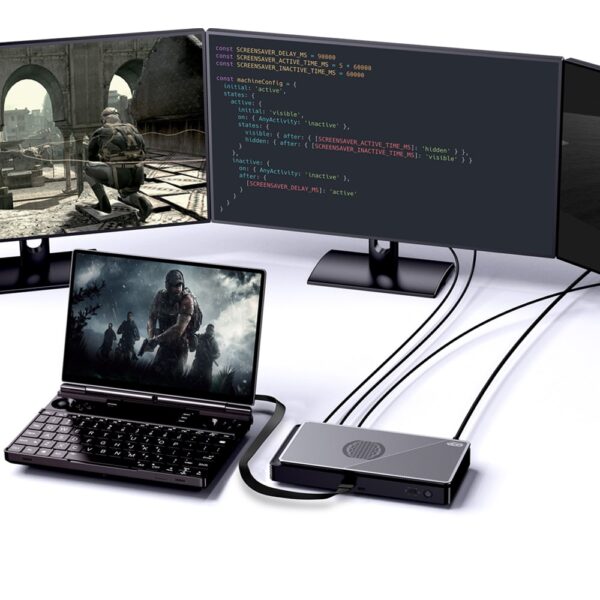
Furthermore, the GPD G1 is equipped with 3x USB 3.2 Type-A ports, allowing you to connect a full-sized keyboard, mouse, and other USB accessories like external storage or gaming peripherals.The integrated SD 4.0 card reader provides a convenient way to transfer files from cameras or other devices directly to your GPD handheld.

This array of connectivity truly bridges the gap between the portability of your GPD device, such as the GPD Duo or even the compact GPD Pocket 4, and the functionality of a traditional desktop PC. With the GPD G1 eGPU docking station, your handheld gaming PC becomes a versatile powerhouse ready for any task, whether you’re gaming on a big screen, editing videos with multiple displays, or simply need a comfortable desktop environment.
The versatility offered by an eGPU for handheld gaming PCs like the GPD G1, with its integrated docking station capabilities, is truly game-changing.

GPD G1 (2024) eGPU Docking Station
The Connection Matters: OCuLink vs. USB4 for eGPUs
When considering an eGPU for handheld gaming PCs, the connection type plays a crucial role in performance. The GPD WIN 4 2025, GPD WIN MAX 2 2025, and GPD Duo all feature both OCuLink and USB4 ports. OCuLink is a dedicated high-bandwidth interface specifically designed for external graphics, offering the fastest possible connection and allowing the external graphics card in the GPD G1 to perform at its absolute best.
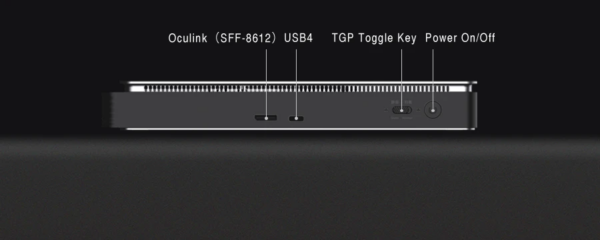
Devices like the GPD WIN Mini 2025 and GPD Pocket 4, while lacking OCuLink, still offer USB4 support. USB4 is a versatile and fast connection, but it doesn’t have the same dedicated bandwidth as OCuLink. While you can still achieve a significant performance boost using the GPD G1 eGPU docking station via USB4 on these devices, you might experience a slight performance bottleneck compared to using an OCuLink connection. However, it still provides a substantial upgrade over integrated graphics, making the GPD G1 eGPU docking station a valuable accessory even without OCuLink.
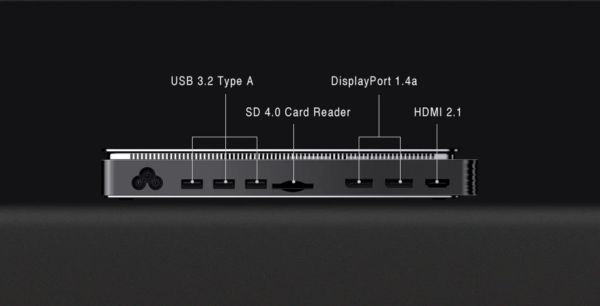
Future-Proof Your Playtime: Staying Ahead with an eGPU
Thinking about future-proofing your gaming setup? An external graphics card like the one found in the GPD G1 eGPU docking station is a smart investment for owners of devices like the GPD WIN 4 2025 and GPD WIN MAX 2 2025. As game requirements increase, you can leverage the power of the eGPU for handheld gaming PCs to keep your current device performing at its best for longer.
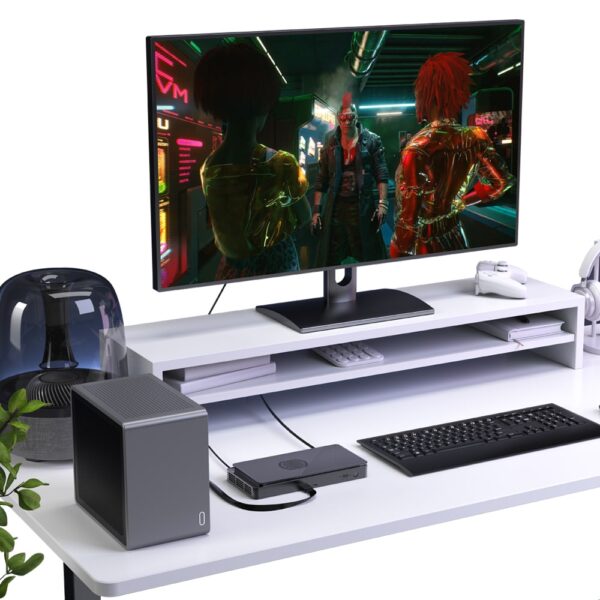
This means less frequent upgrades and more time enjoying your favorite games with all the graphical bells and whistles on your GPD Duo or even getting a surprising boost on your GPD WIN Mini 2025 via USB4. Instead of having to purchase a completely new handheld every few years to keep up with the latest titles, the GPD G1 eGPU docking station offers a more cost-effective and sustainable way to stay in the gaming loop, no matter which GPD device you own.
Beyond Gaming: Expanding the Potential of Your Handheld
Beyond gaming, the benefits of the GPD G1 eGPU docking station extend to other demanding tasks on devices like the GPD Pocket 4. Content creators and professionals who use their handheld gaming PCs for work can also see significant performance improvements in GPU-intensive applications.
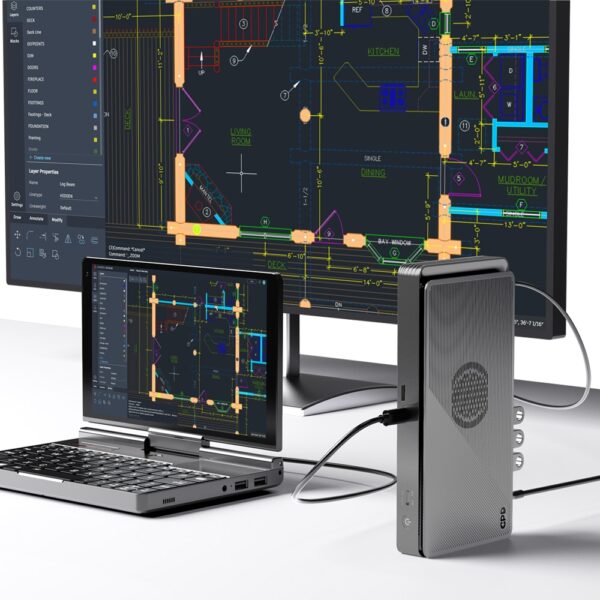
Video editing, 3D rendering, and even running complex simulations can be significantly accelerated by connecting an external graphics card on demand. This provides a flexible and powerful solution for a variety of needs, making the GPD G1 eGPU docking station a valuable addition to your collection of accessories, whether you’re using a GPD WIN 4 2025 for on-the-go video editing or a GPD WIN MAX 2 2025 for CAD work.
The Verdict is In: Level Up Your Portable Gaming Experience
In conclusion, the GPD G1 eGPU docking station represents a significant leap forward for eGPU for handheld gaming PCs. Featuring an AMD Radeon RX 7600M XT eGPU, and by providing a substantial boost in graphical power through its external graphics card and offering the functionality of a docking station for other accessories, it empowers users of devices like the GPD WIN Mini 2025, GPD Pocket 4, GPD WIN 4 2025, GPD WIN MAX 2 2025, and GPD Duo to enjoy high-end gaming and demanding applications on their portable devices without compromise. It’s an exciting time to be a handheld gaming PC enthusiast!

You can read our GPD G1 review here which includes more in-depth information such as benchmarks and comparisons on performance.
We’d love to hear your thoughts on the world of eGPU for handheld gaming PCs! Do you currently own an external graphics card? If so, what device do you connect it to – perhaps a GPD WIN 4 2025 via OCuLink or a GPD Pocket 4 using USB4? What has your experience been like? Or perhaps you have some burning questions about the GPD G1 eGPU docking station or other accessories for your GPD device? Share your experiences and queries in the comments below – let’s get the conversation started!


